Happy #TourbillonDay – A.L. Breguet Patented the Tourbillon Precisely 217 years ago, on June 26, 1801
The day the father of modern horology patented one of the most clever mechanisms ever found in a timepiece.
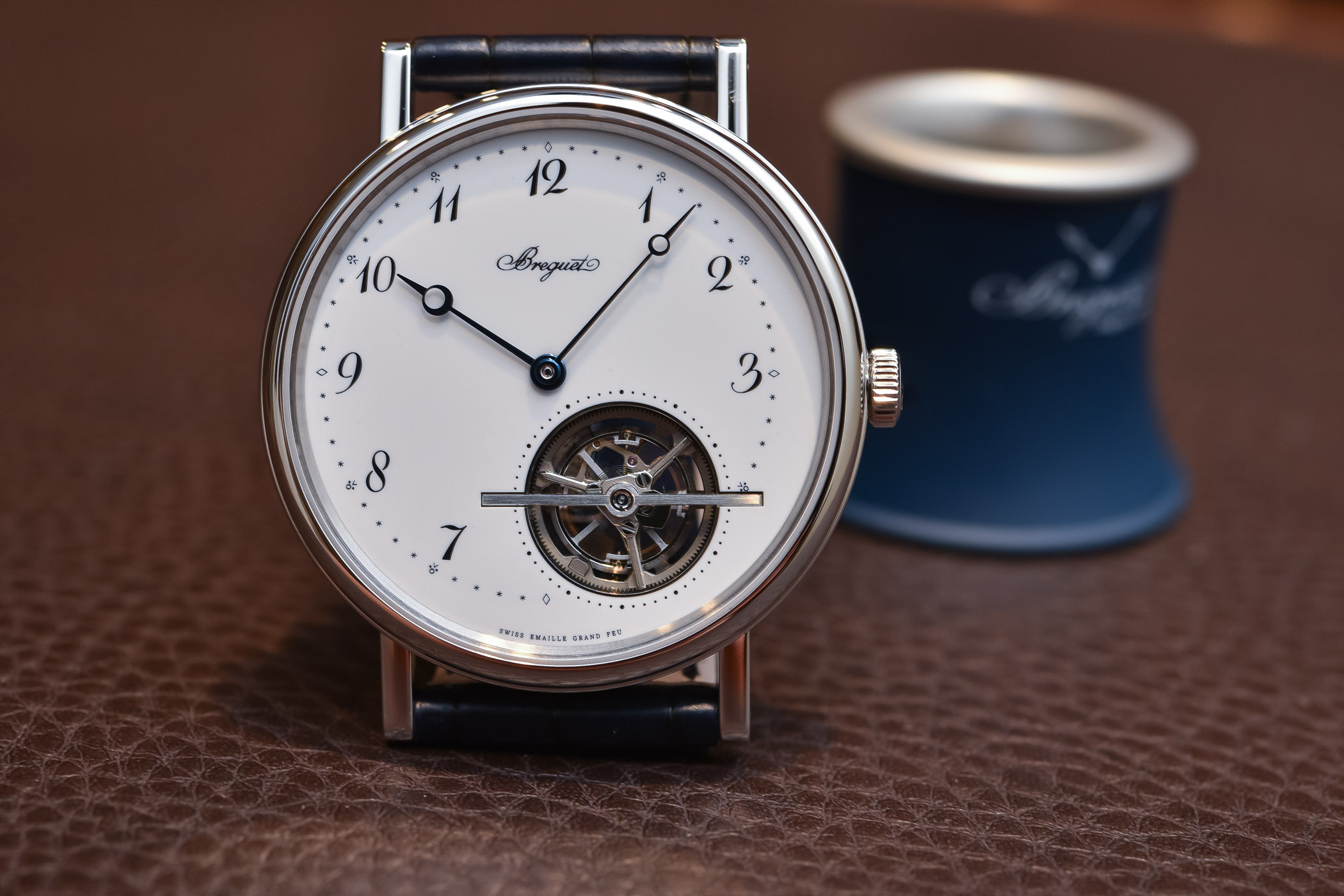
June 26 is now known as “Tourbillon Day”… More low-key perhaps than the “May the Fourth be With You” Star Wars holiday, this day is fundamental to watch lovers because it marks a significant milestone in the history of watchmaking. On 26 June 1801, a certain Abraham-Louis Breguet (a.k.a the father of modern horology and one of the greatest inventors of the industry) patented a feature that would later become one of the most desirable complications possible to be found in a watch. This feature is the tourbillon and today it celebrates its 217th anniversary.
On June 26, 1801, Abraham-Louis Breguet (the founder of the brand Breguet – and one of the first watchmakers to create a proper brand) patented a revolutionary mechanism that neutralised the effects of gravity, providing incredible precision in mechanical timepieces. This invention was an engineering feat that cemented the illustrious watchmaker’s standing as one of the most innovative figures of his time – and certainly of the entire history of watchmaking. Breguet created, patented or improved many of the features found in timepieces (automatic winding, the perpetual calendar, the gong-spring, the equation of time, the parachute/anti-shock device or the Breguet terminal curve for the balance spring) but the one that most of us remember is the tourbillon.
What is a tourbillon after all? This device was patented on June 26, 1801, or rather on 7 Messidor, year IX, according to the Republican calendar that was still in force in France at that time. A.L. Breguet observed that gravity had a negative effect on the regularity of horological movements provoking variations in the timing adjustment. Since a pocket watch was worn most of the time in a static position, the gravity had a strong effect on the regulating organ. In order to counteract gravity, Breguet had the idea of installing the entire escapement (meaning the balance, the hairspring, the lever and the escape wheel) inside a mobile carriage that performs a complete rotation each minute (or more, as Breguet also created 4-minute tourbillons). Thus, since all the flaws are regularly repeated, they mutually compensate.
During his lifetime, Abraham-Louis Breguet created 35 tourbillon watches, and fewer than 10 of them are known to survive. Some examples are, however, easy to see in the metal, since the brand Breguet and its owners, the Hayek family, have decided to acquire some historical tourbillon pocket watches to be displayed in the brand’s museums. For instance (photo above), the Tourbillon precision pocket watch No. 1188 sold to Don Antonio de Bourbon, Infante of Spain, in 1808 will be exhibited in the Zurich Boutique and Museum starting from June 26, 2018.
Also, Tourbillon No. 1176 sold by Abraham-Louis Breguet in 1809 – the one you can see above and that we featured in this article, along with the current Ref. 5367 – is displayed at the Paris Boutique and Museum. This watch features a 4-minute tourbillon and is a precision regulator.
The tourbillon is currently one of the cornerstones of Breguet’s collection. No less than 18 references feature this complex mechanism. Two of the latest examples introduced by the brand are the Breguet Marine Equation Marchante Tourbillon 5887 and the Classique Tourbillon Extra-Plat 5367 with enamel dial. Both share the same base movement, a combination of tradition with the one-minute tourbillon and superb hand-engraved decoration on the back, with modern features such as an ultra-thin profile and an automatic winding via a peripheral rotor. In a way, the spirit of Abraham-Louis Breguet is still alive, thanks to this combination of a historical feature with inventiveness and innovation.
So, on this June 26, we wish you a happy #tourbillonday. More details on www.breguet.com.

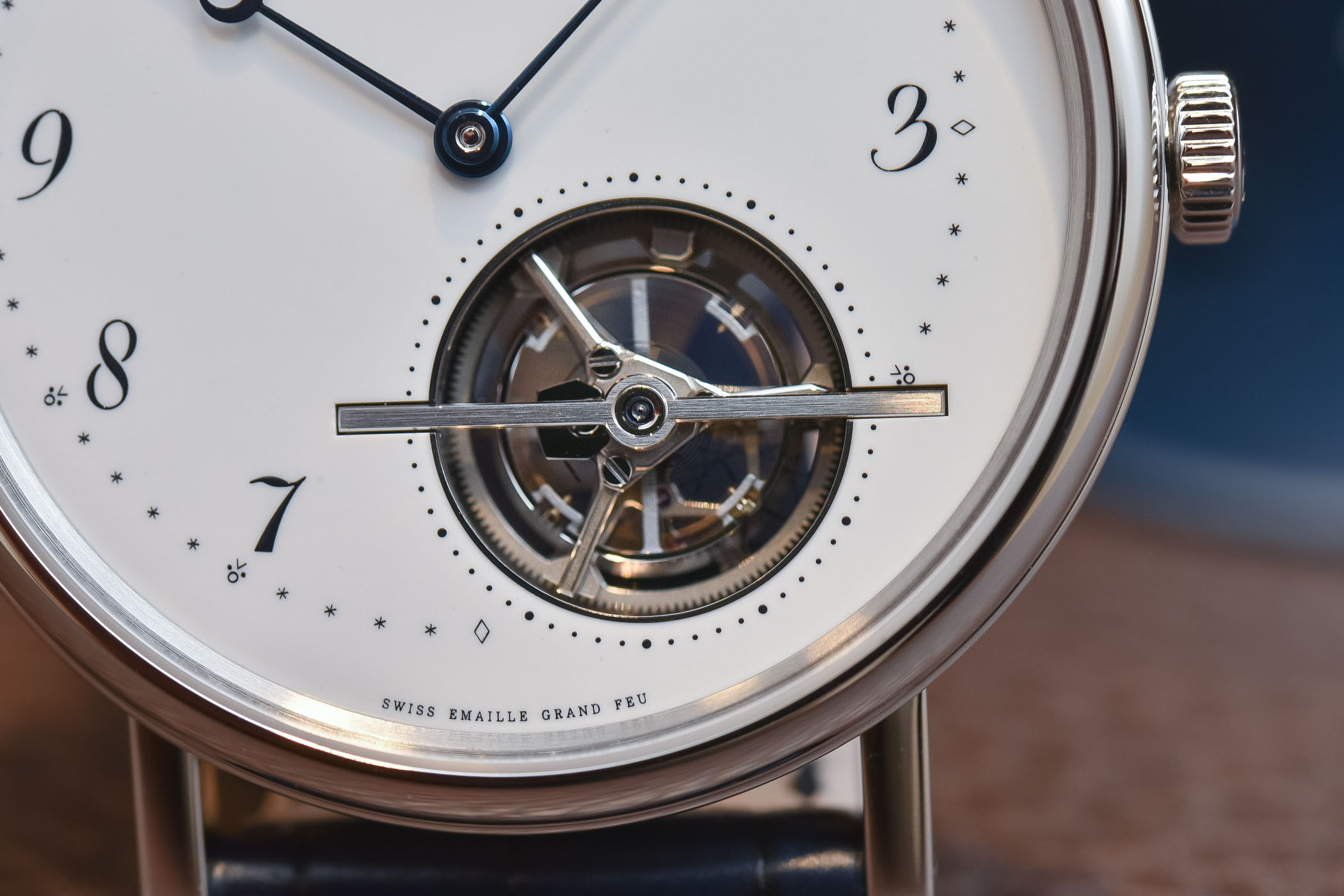

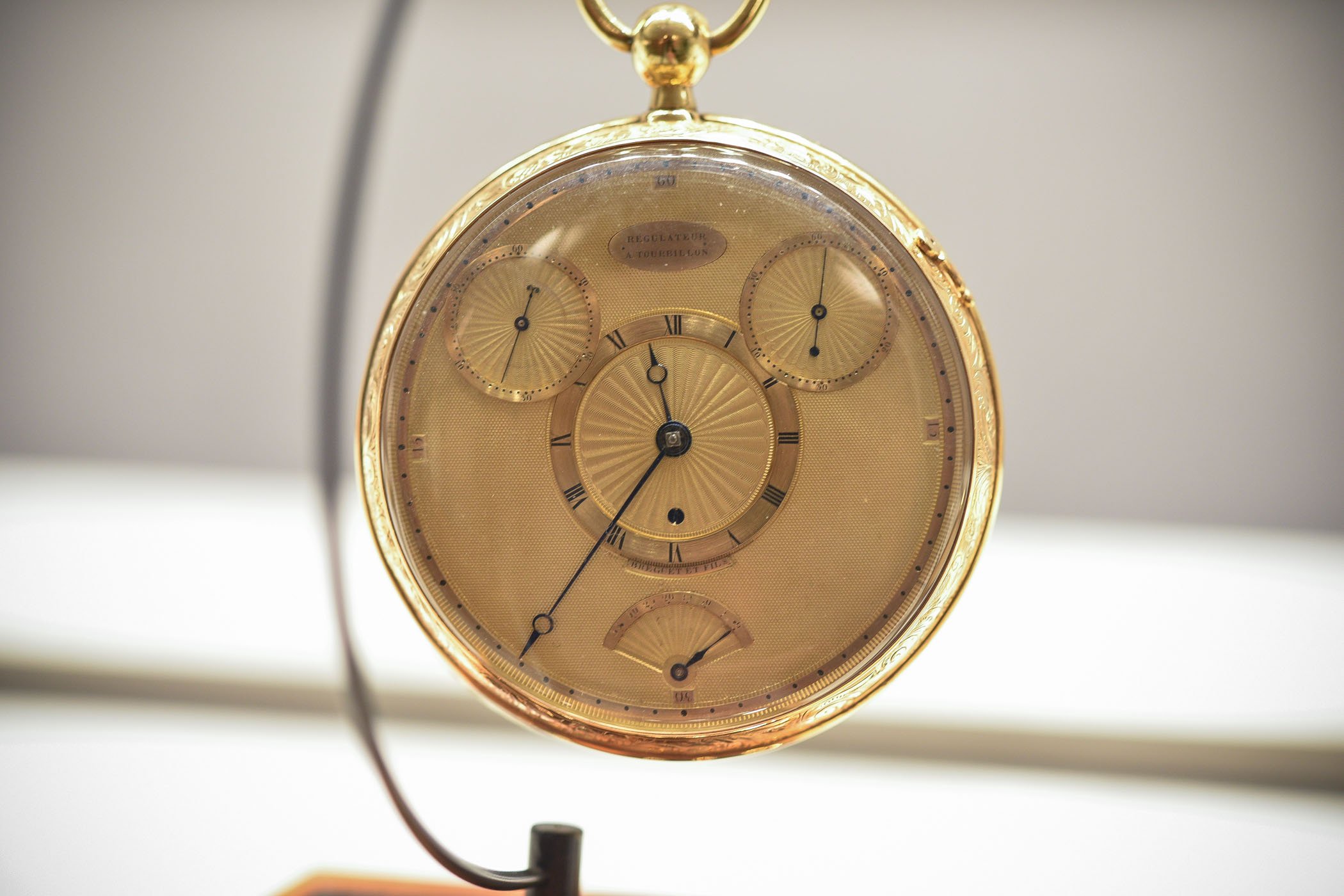
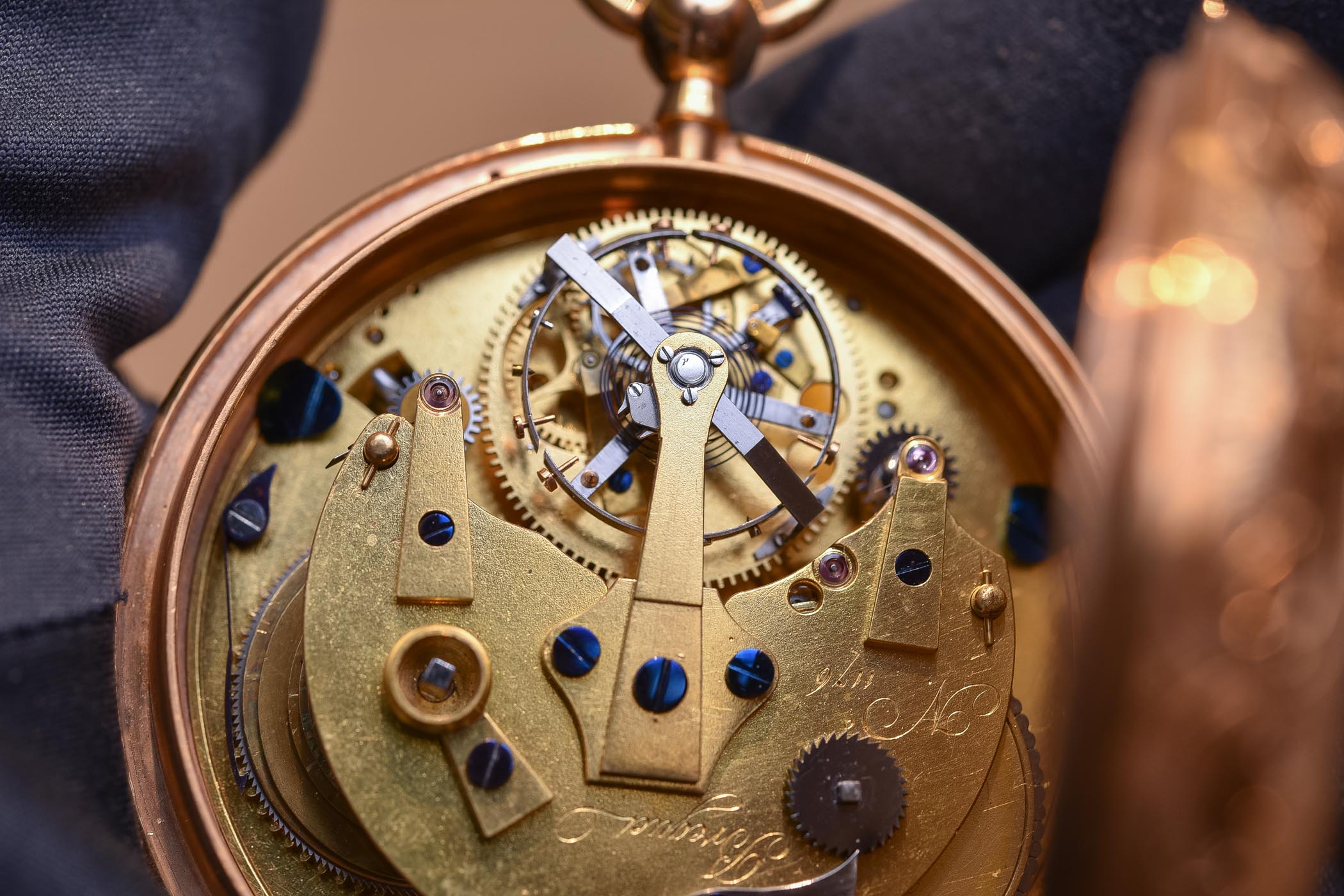

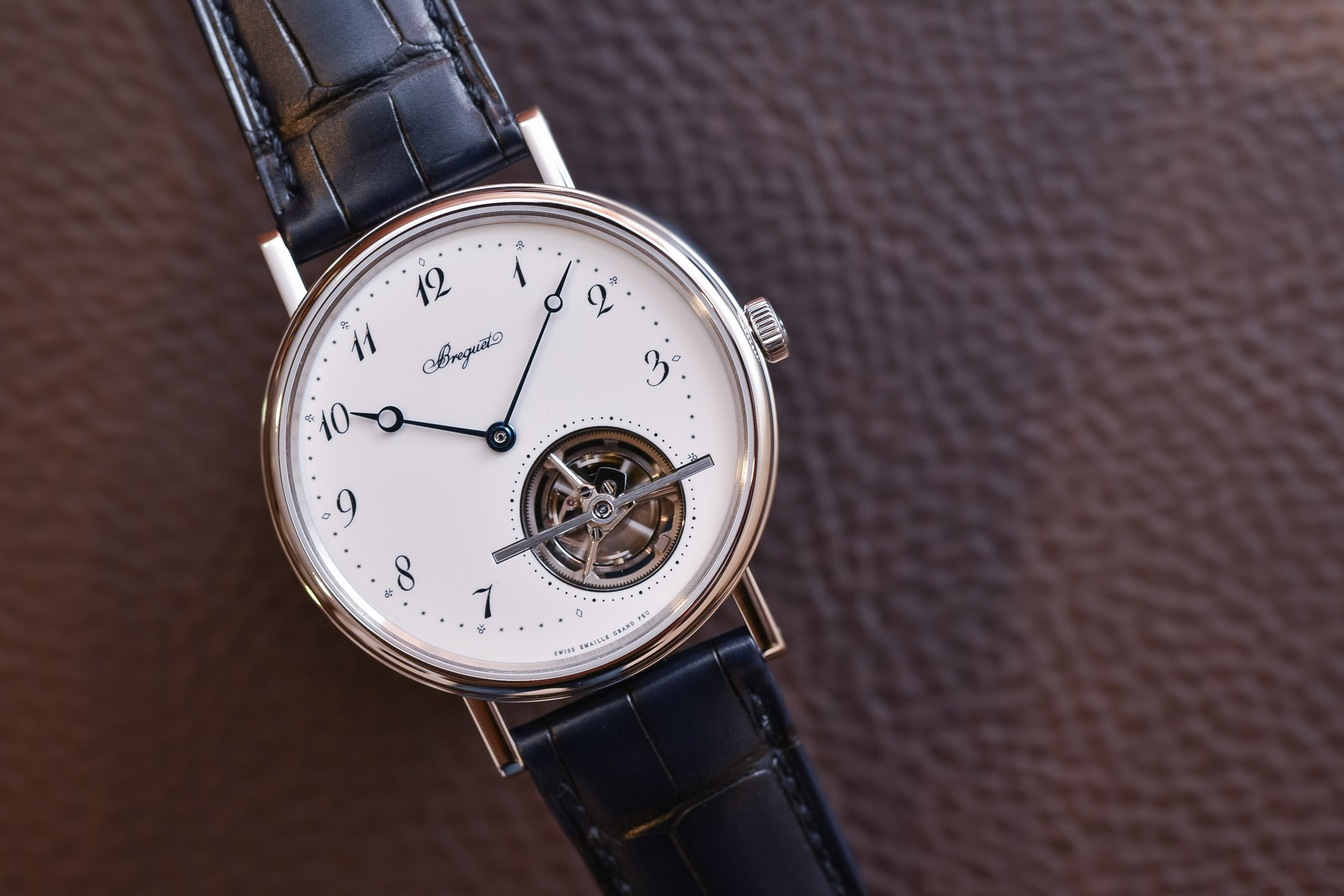



4 responses
I think many of us interested in watchmaking find ourselves asking the same question; what is the actual practical benefit of a tourbillon today? Grand Seiko, Rolex and Omega owners regularly report accuracy approaching or matching that of good quality quartz watches but I am unaware of any accuracy claims/reports from tourbillon owners. Indeed, accuracy is the one aspect of a watch which almost never gets mentioned in reviews. We get entire articles about the inclusion of another line of text on a Rolex dial but not a word on the actual performance of the movement.
This really has to change.
We have to agree with you. The accuracy of a watch is very important.
However, allow us a short comment. Measuring accuracy (in a proper, reliable way) isn’t something easy and it requires specific devices – such as a Witchi – and watchmaking knowledge.
This is something that also takes time and that we often can’t do on the watches we have in our hands for a few minutes/hours. Moreover, the watches we receive for reviews are prototypes or specific press watches, which have been used and abused – meaning that they are usually not on par with the quality of a watch you’ll find new at a retailer. Measuring the accuracy of such watches wouldn’t be realistic.
This is something that creates discussions here, at MONOCHROME, and please, believe us… We want to do it. Yet, it isn’t that easy. We’re still thinking about how to do it.
Concerning the tourbillon, in the context of a wristwatch, it has less impact than on a pocket watch (which is worn in a static position). However, if finely regulated, a tourbillon is a very efficient device.
My answer to this question is that, buying/collecting mechanical watches, especially those high-end brands, nowadays is more for appreciating a certain classical art form, rather than for pure functionality. Most people depends on smartphones to tell time, anyway. Most people would up-grade their smartphones for new models once every other years, if not every few months! But a fine mechanical watch is for one to keep.
As a former Rolex owner ( I have given both of mine to my children) I can attest that the Rolexes both fine watches did not give me the pleasure that a cheap Chinese skeletonized clone of a Unitas 6497 gave me. The difference was the pleasure of watching the mechanical ballet of the clone. I couldn’t see the internal beauty of the Rolexes. I believe this is the appeal of the tourbillion to their owners. They must be fascinating to watch. As an older person sitting in the doctor’s offices becomes a frequent activity. I could spend mine watching my watch.